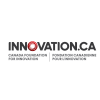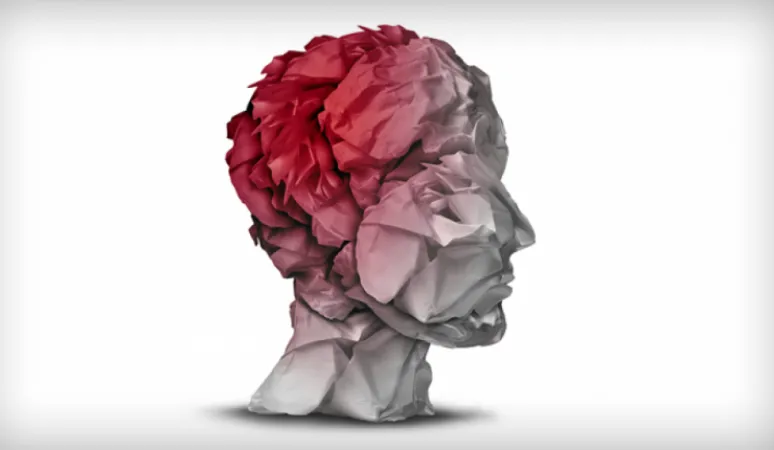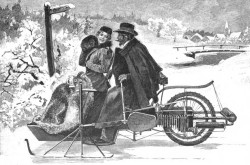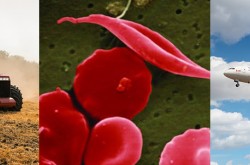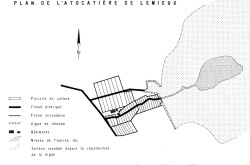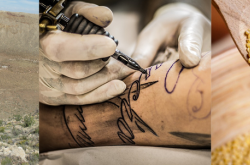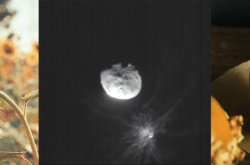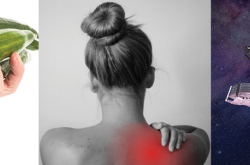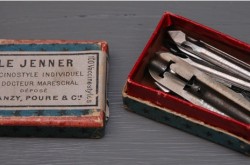Making headway on head injuries
This article was originally written and submitted as part of a Canada 150 Project, the Innovation Storybook, to crowdsource stories of Canadian innovation with partners across Canada. The content has since been migrated to Ingenium’s Channel, a digital hub featuring curated content related to science, technology and innovation.
McGill University’s Alain Ptito uses high resolution imaging equipment to get a closer look at how even minor brain trauma can have lasting effects.
By Sharon Oosthoek
As a young neuropsychologist, Alain Ptito was troubled by the sizeable number of his patients who suffered symptoms of traumatic brain injury after scans pronounced them recovered from their concussion.
“Insurance companies would say this is a psychological problem; let’s treat it with therapy,” he recalls.
But Ptito decided to trust his patients and investigate further. He has since made a career out of exploring new methods for using structural and functional magnetic resonance imaging (MRI) to probe brain trauma.
Today he is a professor of neurology and neurosurgery at McGill University, and a medical scientist at the Research Institute of the McGill University Health Centre. As he and others have shown in the last few years, mild traumatic brain injury often doesn’t show up on conventional scanners.
Read more of Making headway on head injuries.
Find more stories of research in action on Innovation.ca, the website of the Canada Foundation for Innovation.


